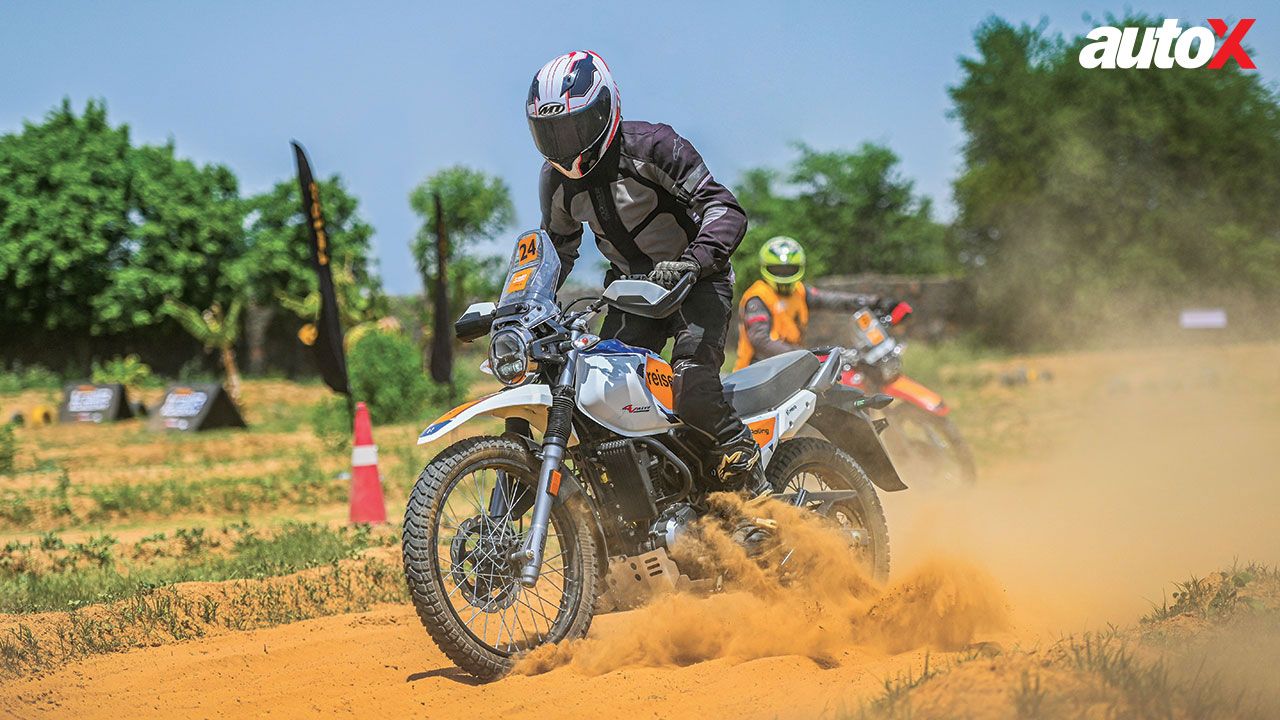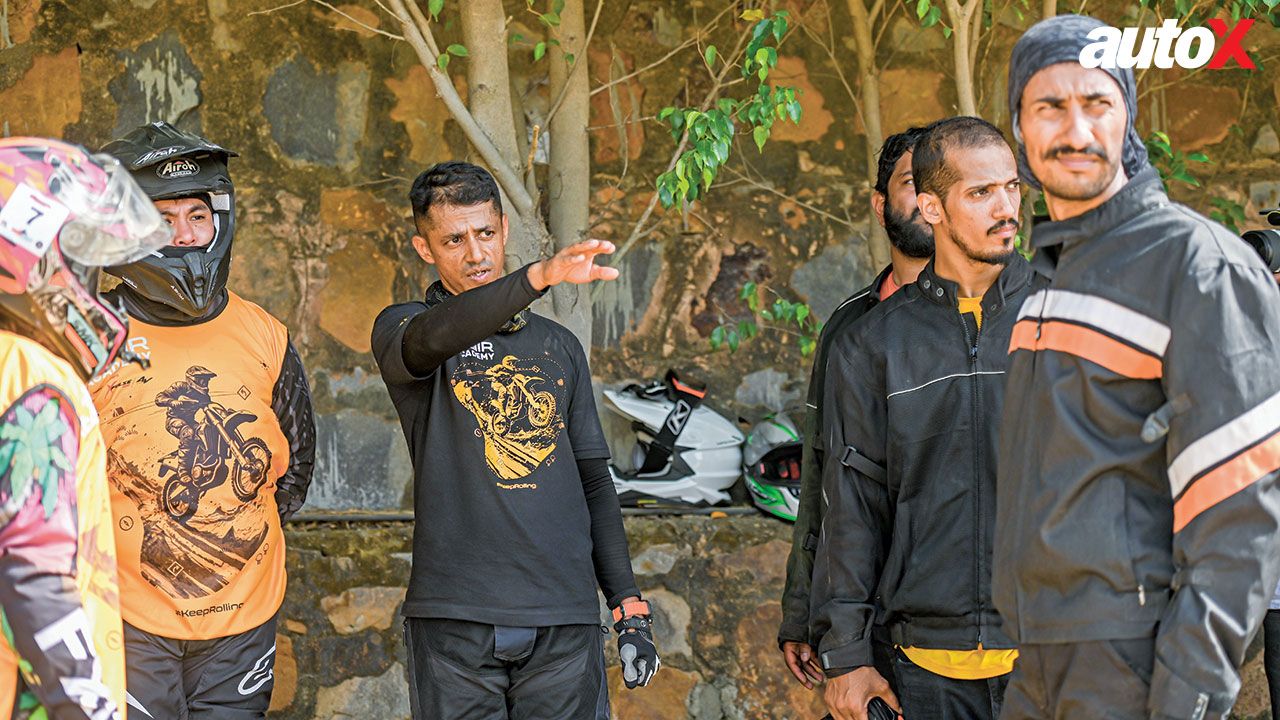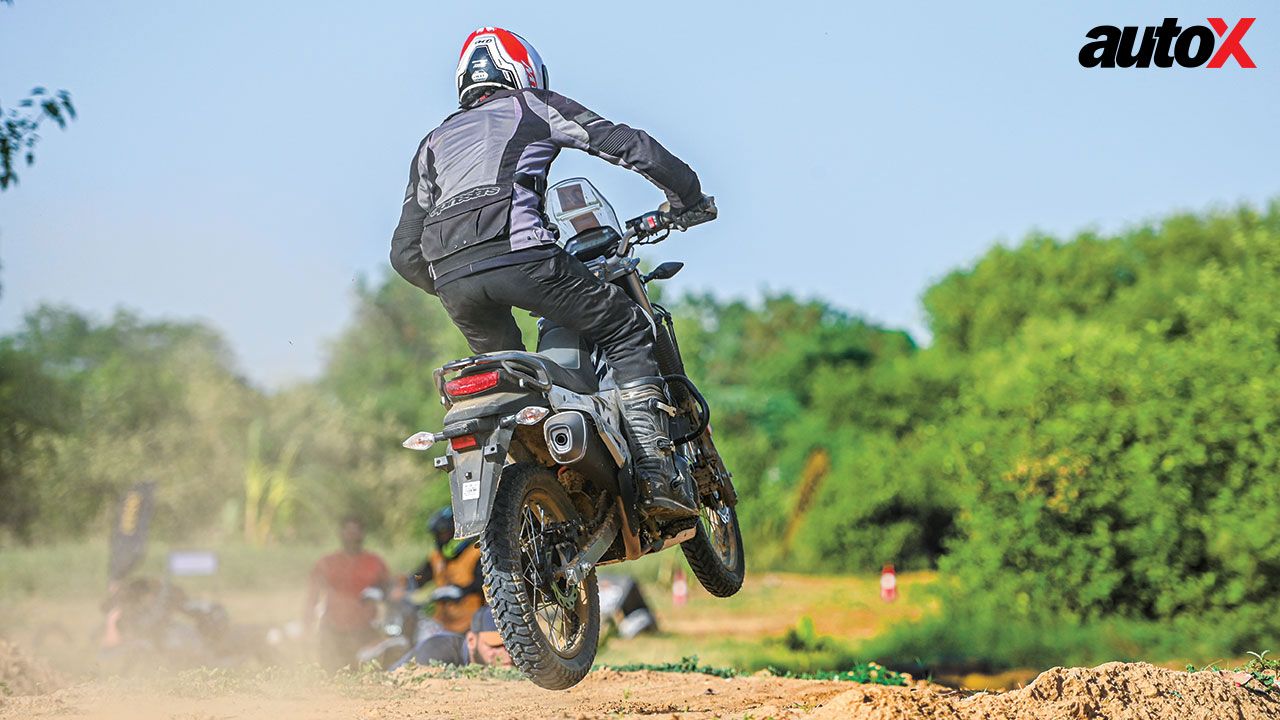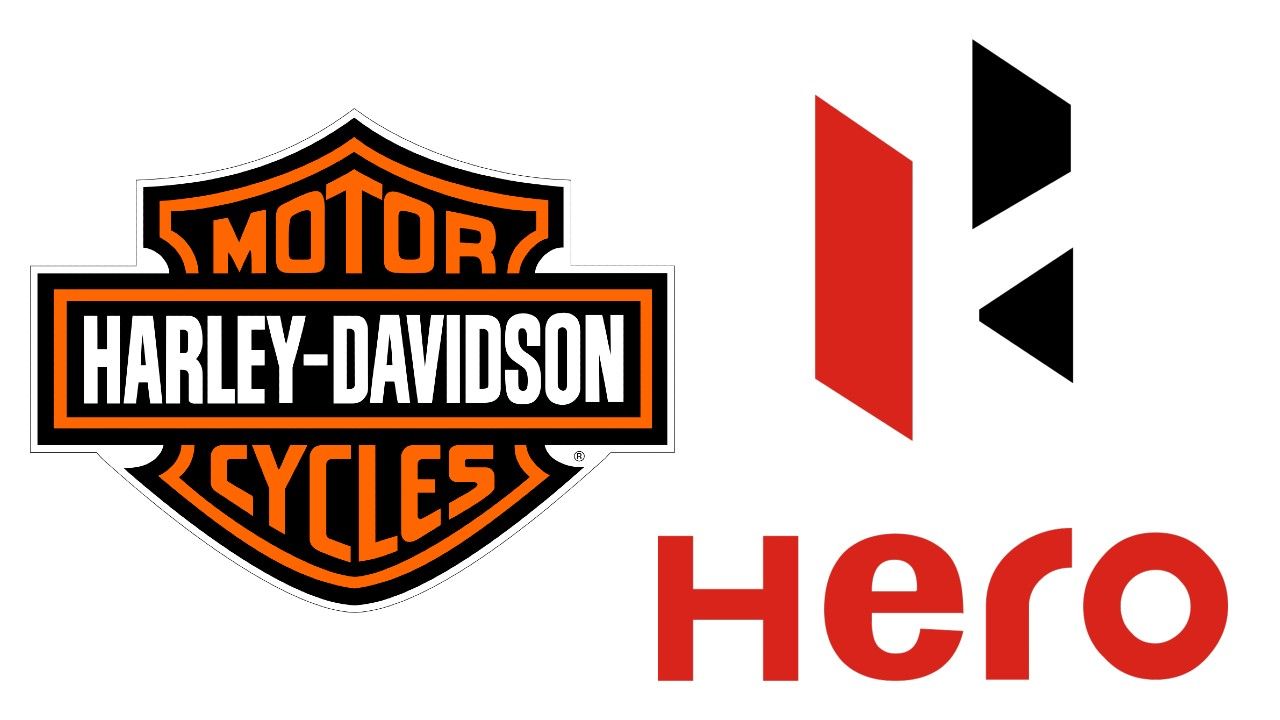Eating Dirt: How to Get Serious About Off-Roading on a Motorcycle
Two wheels on dirt seems like fun, but if you are serious about off-roading, there's a lot more you need to get right before you can start flinging dirt all over the place. And if you don't, well, then you just might end up eating dirt and I for one can vouch that it's not a pleasant experience.

I used to consider myself decently fast at off-road riding. And then I attended the Reise TrailR Academy – an experience that immediately challenged my belief. It is about so much more than sliding the rear wheel or standing up on the motorcycle. It’s about understanding a completely new style of riding a bike in a completely new environment. We were invited to train for two days under the supervision of Arunas Gelazninkas and Ashish Raorane. For those of you who are unfamiliar with the names, let me just say that they can do things on a dirt bike that most off-road enthusiasts can only dream of.
The Setup
Most of us assume that an ADV comes perfectly set up from the factory, and it couldn’t be further from the truth. Even ADVs are set up for riding on tarmac. This is the case even with the Hero Xpulse, which was our ride. But first, Arunas and Ashish went over the basics of body positioning. Your arms should be open wide and positioned in a way that they can effectively load and unload the front suspension. Your head should be angled upwards, focussing on where you want to go. Your back should be bent at the hips, with your rear sticking backwards. The balls of your feet should be on the pegs, and you should hold on to the motorcycle with your knees and lower legs. The rest of your body needs to be weightless over the motorcycle. Well, it’s a classic case of easier said than done, for only when you actually try it, do you realise that it takes a lot of practice to get it right.

Now, when you assume this position, you will notice that the controls don’t really fall to hand easily. The clutch and the brake lever will, generally, put your wrists at an odd angle. This needs to be fixed, and on most motorcycles, all it requires is loosening a bolt, setting the lever to your preferred position, and then tightening it again.
Similar principles apply to the foot controls. The rear brake and the gear lever are often positioned a bit lower than usual, which can also be adjusted by loosening a nut. The idea is to ensure minimal foot movement to engage the controls, which will allow you to comfortably upshift and use the rear brake while standing up.

The Confrontation
It was now time to practice the fundamentals, starting with body positioning. When you begin with the aforementioned position, your core moves dynamically, making your body feel weightless on the motorcycle. And this means that you have to constantly adjust your body while riding off-road, something that became pretty evident during our first exercise – the slalom. We did it standing up, sitting down, with one hand off the bar, and even with one leg off the bar. Next up was braking. Now, while off-roading, it’s preferable to rely more on the rear brake. That’s not to say that you can’t use the front one – save it for quickly shedding excessive speed – but engaging the rear brake more will allow you to flow better. The idea is that you engage the rear brake, and as the tyre reaches the point of breaking traction, you quickly release it, and then engage it again, and so on until you have slowed down enough. Essentially, your right foot works like ABS. This may seem counter-productive at first, but when you follow it immediately with cornering, your transition will be a lot smoother. As for cornering, it is pretty simple. Lean the bike into the turn while keeping your body centred on top of it. For faster cornering, it’s recommended to lean the bike over and position yourself on the edge of the seat for better traction of the rear tyre.
Also Read: Suzuki V-Strom 250 SX vs Royal Enfield Scram 411 Comparison: An Identity Crisis!

The Climax
After spending half a day focused on trying to be smooth while off-roading, it was time to let loose and have some fun. I started pushing the limits on the course, which led to a few falls, but that’s the beauty of off-roading. You fall, you get back up, and you ride again – well, most of the time. In my pursuit of adrenaline, I started attempting jumps and managed to get some good air time. However, as the day neared its end, I made a significant mistake. Despite being exhausted, I pushed myself to continue and still went for it. A momentary lapse of concentration, and before I knew it, I found myself falling off the motorcycle.
At that moment, I didn’t really feel the impact, but having experienced my fair share of falls, I knew there would be consequences. As I suspected, the doctor told me I would be out of commission for six weeks. This meant that I couldn’t participate in Day 2. I was thoroughly disappointed.

Nevertheless, I understood that the drills both Arunas and Ashish taught us that day will take at least a few months to master, and once I am up and about, I plan to do just that. As for the TrailR Academy, it offers one of the best curated off-road experiences in and around the NCR area, and if you have a penchant for venturing off the beaten path on two wheels, I highly recommend checking out their training programme.




Write your Comment on